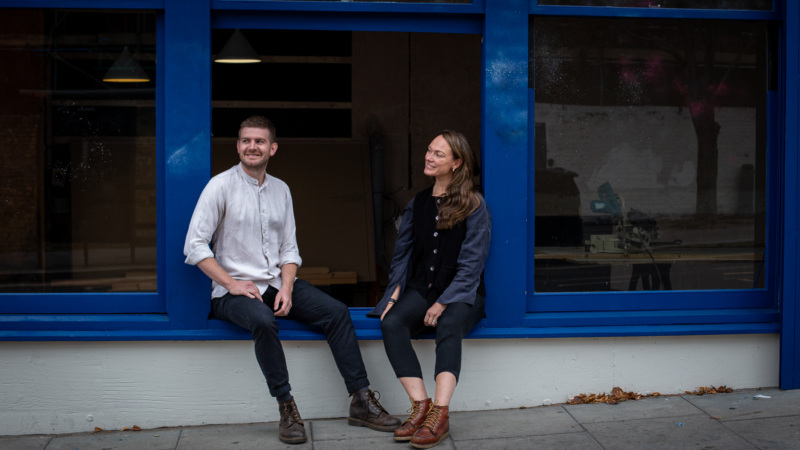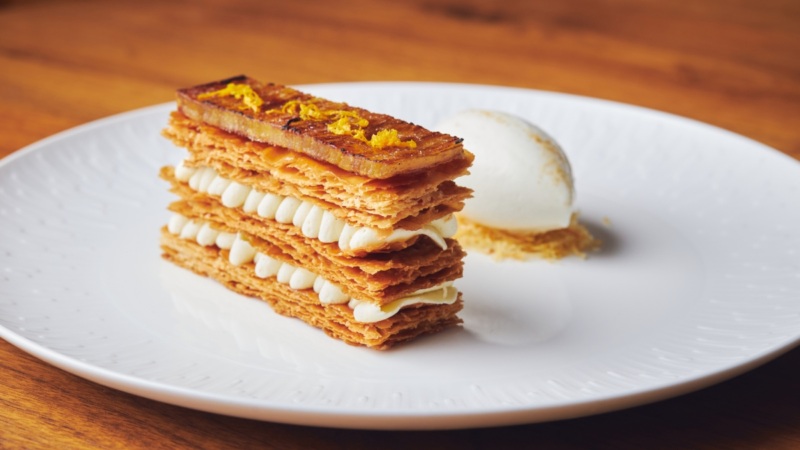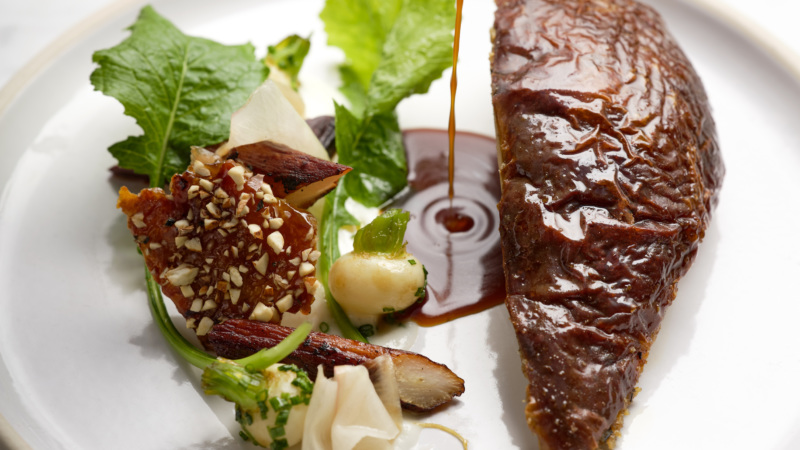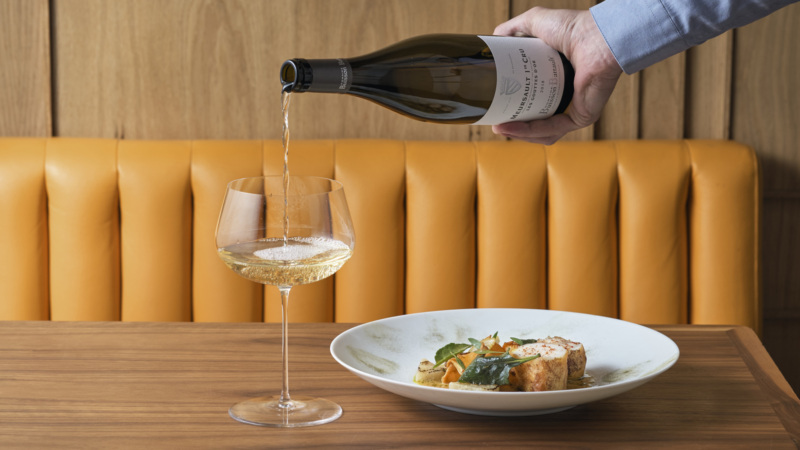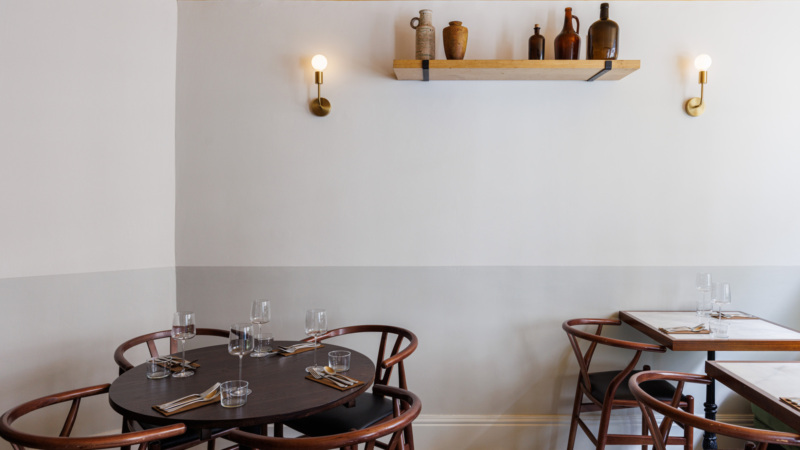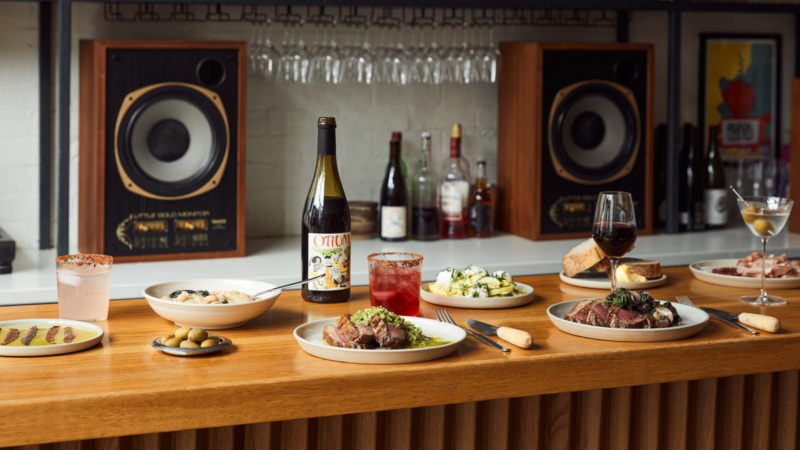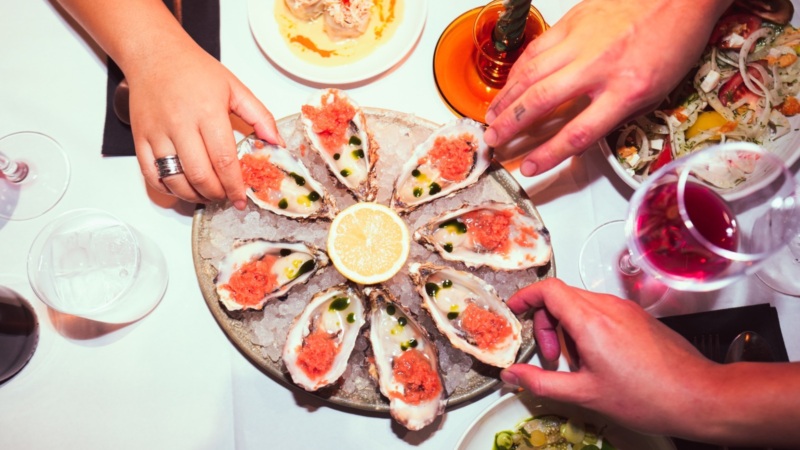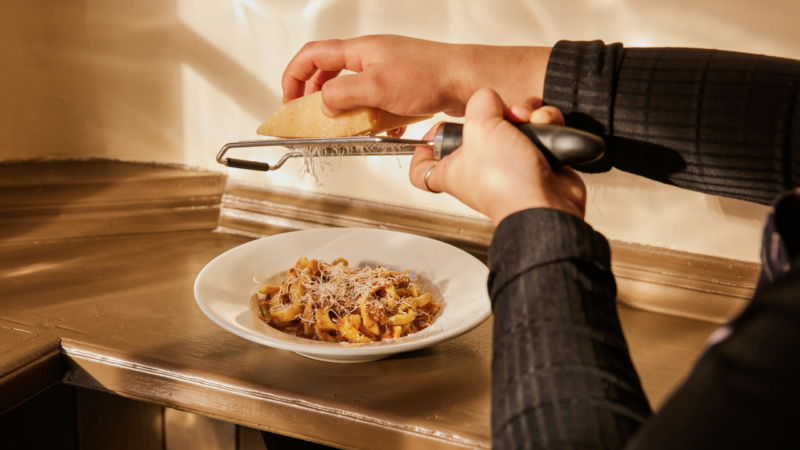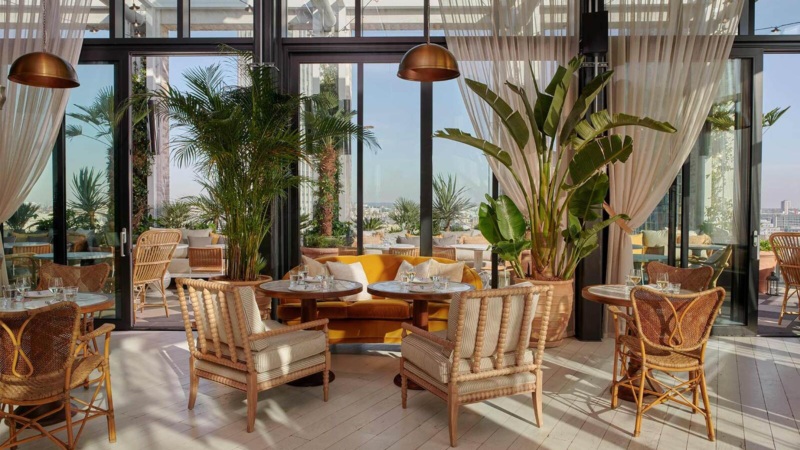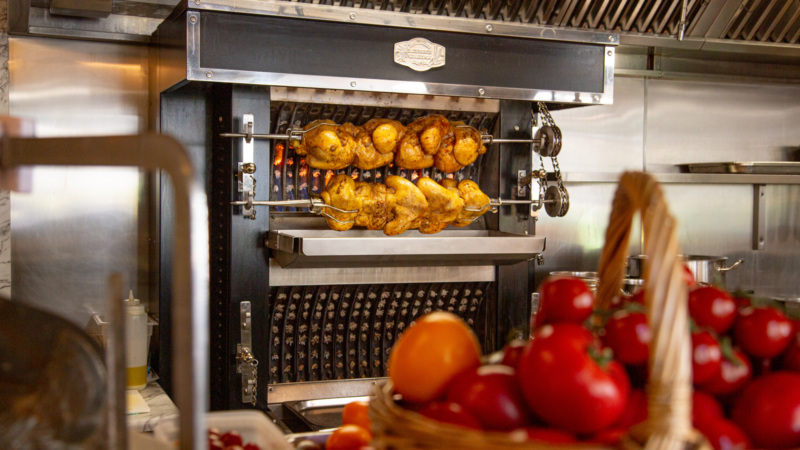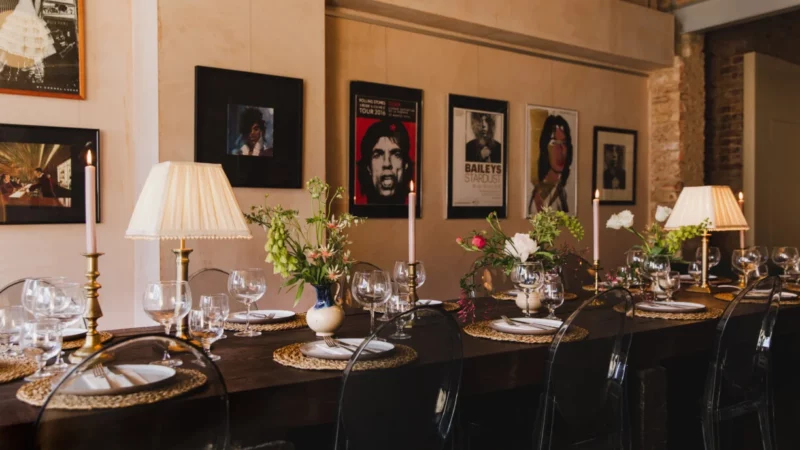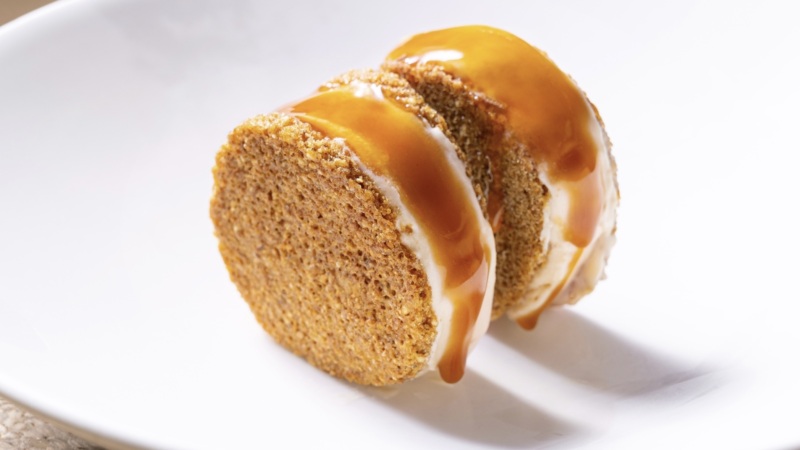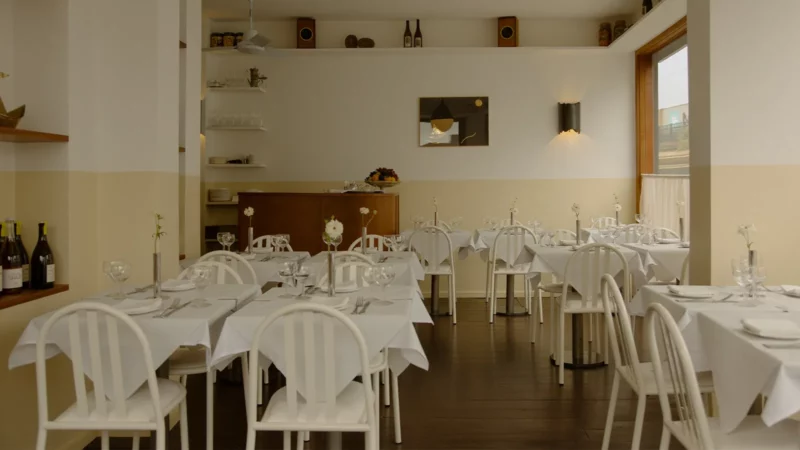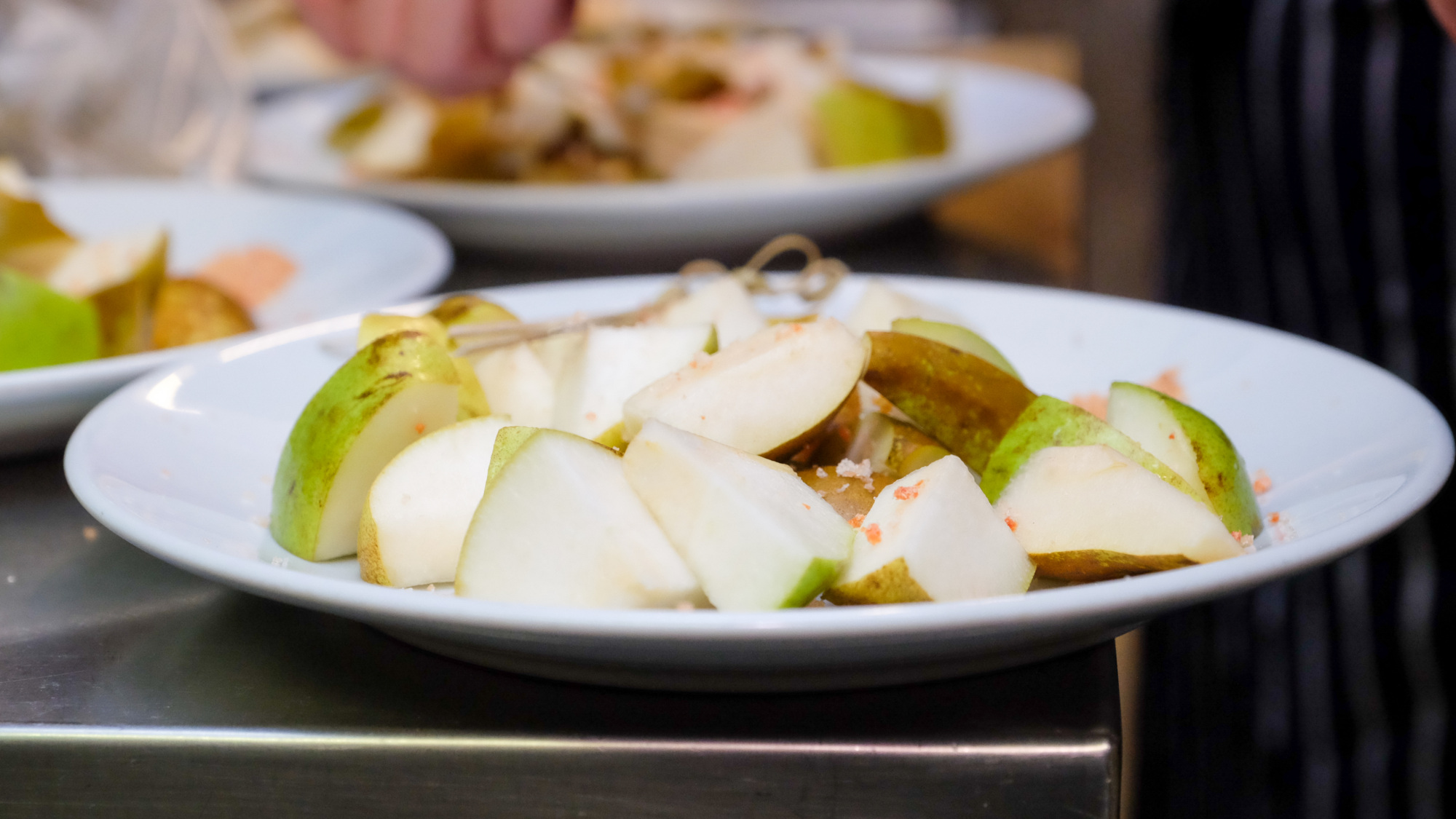
Everything to Know About Hainan House, Now Open in Islington
Hainan House could not have found a better street to open on than Upper Street. Here on Islington’s main drag, it joins a handful of other regional Chinese restaurants that prove there’s more to the high street than faceless chains. This cosy, 24-cover indie is the creation of first-time restaurateur Sunny Wu, who’s joined forces with up-and-coming talent Irene Hua in her first head chef role.
Their mission at Hainan House is not simply to spotlight the cuisine of southern China and Hainan with its famous poached chicken and intricately crafted desserts, but to make connections and build a community in London. That’s ‘the bigger picture’ that Wu sees. “I wasn’t born here but I want to be here and I want to bring more from my own identity and share that with people, then for that to resonate with people.”
Here’s what to know about this intriguing new London arrival.
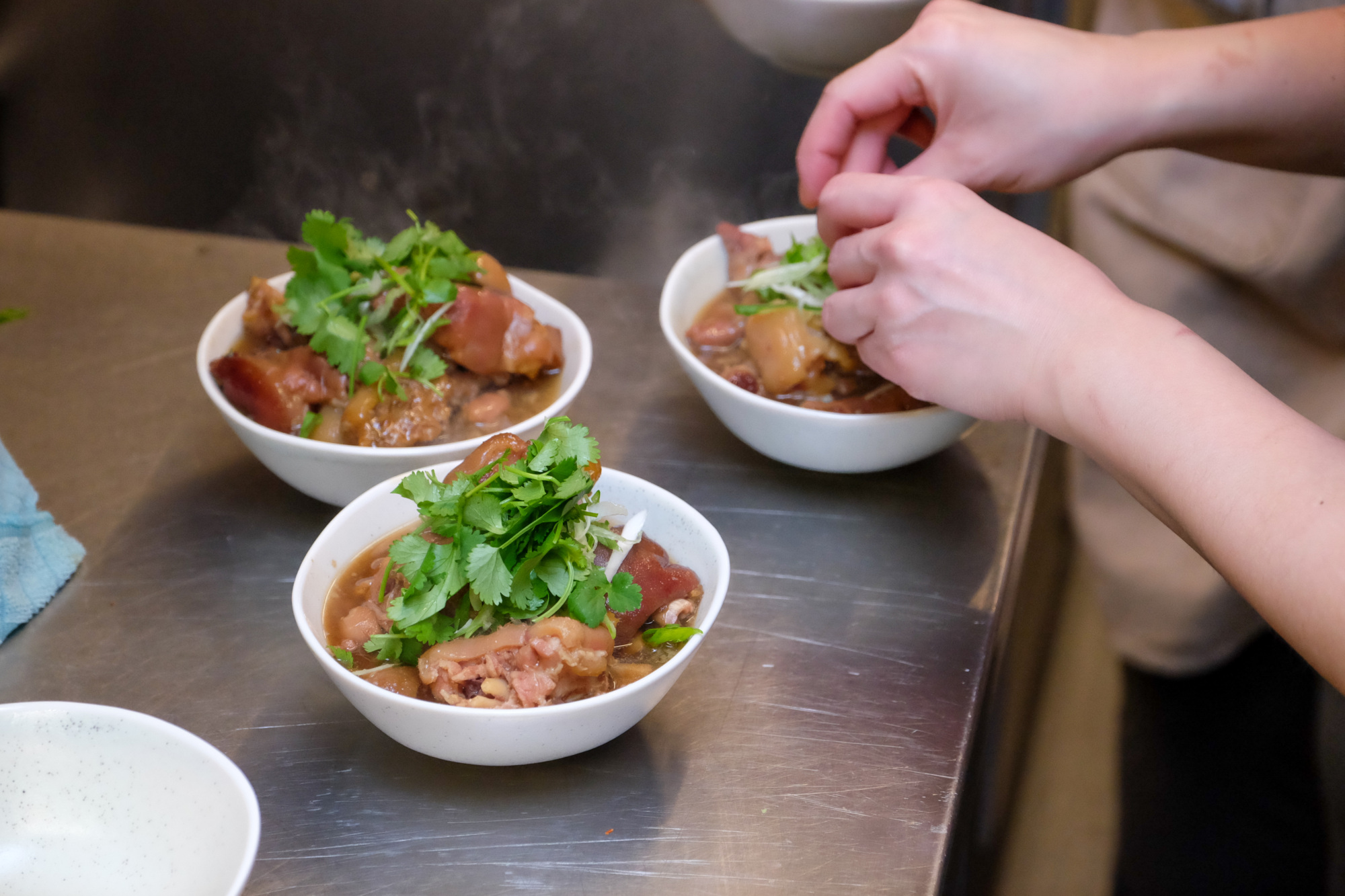
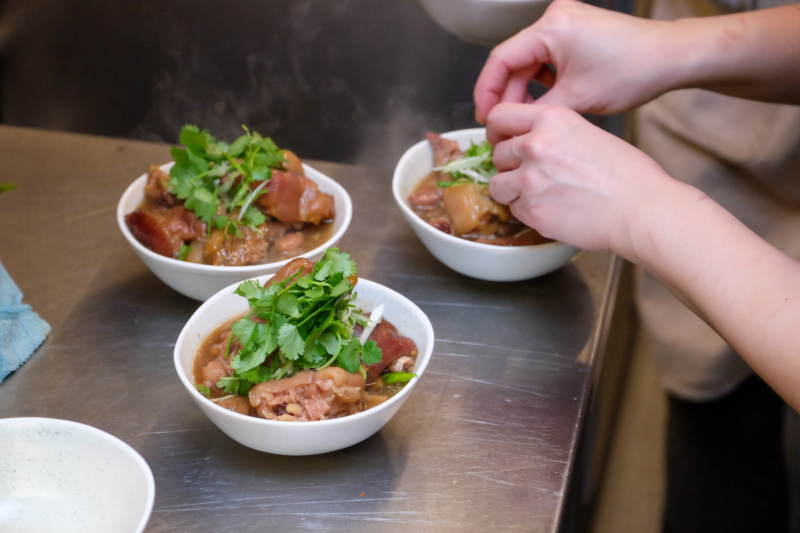
The food of Hainan is already on the map; you just have to know where to look.
Hainan, for those whose geography is sketchy, is China’s smallest and southernmost province. Hainan Island itself sits in the South China Sea, looking west to Vietnam, north to the mainland. Everybody knowns the resort town of Sanya on the south of the island — it’s the so-called ‘Chinese Hawaii’, famous for its palm-fringed beaches, white sands, and azure waters.
“Lots of people known Hainanese chicken but not a lot of people know about Hainan Island,” says Wu. Her mission at Hainan House is not only to provide a nostalgic taste of home for people from Hainan in London but to spread the word to non-Chinese people (“and maybe next time they’re looking for a travel destination…”).
She’s been deeply touched by the response from customers from Hainan. They’ve responded just as she hoped to the chic but homey space with its soft colours – green like the island, red like the chilli paste – its nostalgic illustrations and window decals based on traditional patterns of the Li ethnic group. She wants guests to see Hainan, taste it, and feel it.
Irene Hua has acquired the perfect skills to lead the kitchen at Hainan House.
Wu and Hua are a good double act. To see their rapport, you’d think they were old friends; in fact, they’ve only known each other a year. It’s a nice coincidence that both Wu and Hua worked at the Monocle Café at one point in their careers, but they weren’t destined to cross paths until now. Wu describes their meeting as ‘serendipitous’. Wu had the idea; she just needed someone with Hua’s perfect mix of skills to help her realise it.
Hainan-born Wu is a first-time restaurateur, though she’s not new to hospitality and entrepreneurship. She had a hit with a Hong Kong bubble waffle shop launched in Chinatown in 2017. Hua, meanwhile, has been in hospitality in both Asian and European restaurants for seven plus years, since coming to London from Hull to study fashion management.
“My family ran a takeaway so I grew up in a food family but I only worked the counter and the finishing stations because it’s so hot and fast,” says Hua. “The past few years I’ve taken more interest in Asian food, obviously because it’s my family background. There’s a lot of similarities with Hainanese food and Guangdong Province in southern China where my family is from. My dad’s Chinese via Vietnam so it’s very similar flavours, light rice noodles, spicy and sour, with lots of fruit snuck in.”
Look closely at the menu and you’ll see Hua’s C.V. Her egg twists and noodles mirror pasta-making at Ombra; the skills for yi bua she honed making dumplings at Dumpling Shack; and her poultry knowhow was acquired at Mei Mei. “I’ve got a rounded skill set!” she laughs. “It was not intentional but it has worked well.”
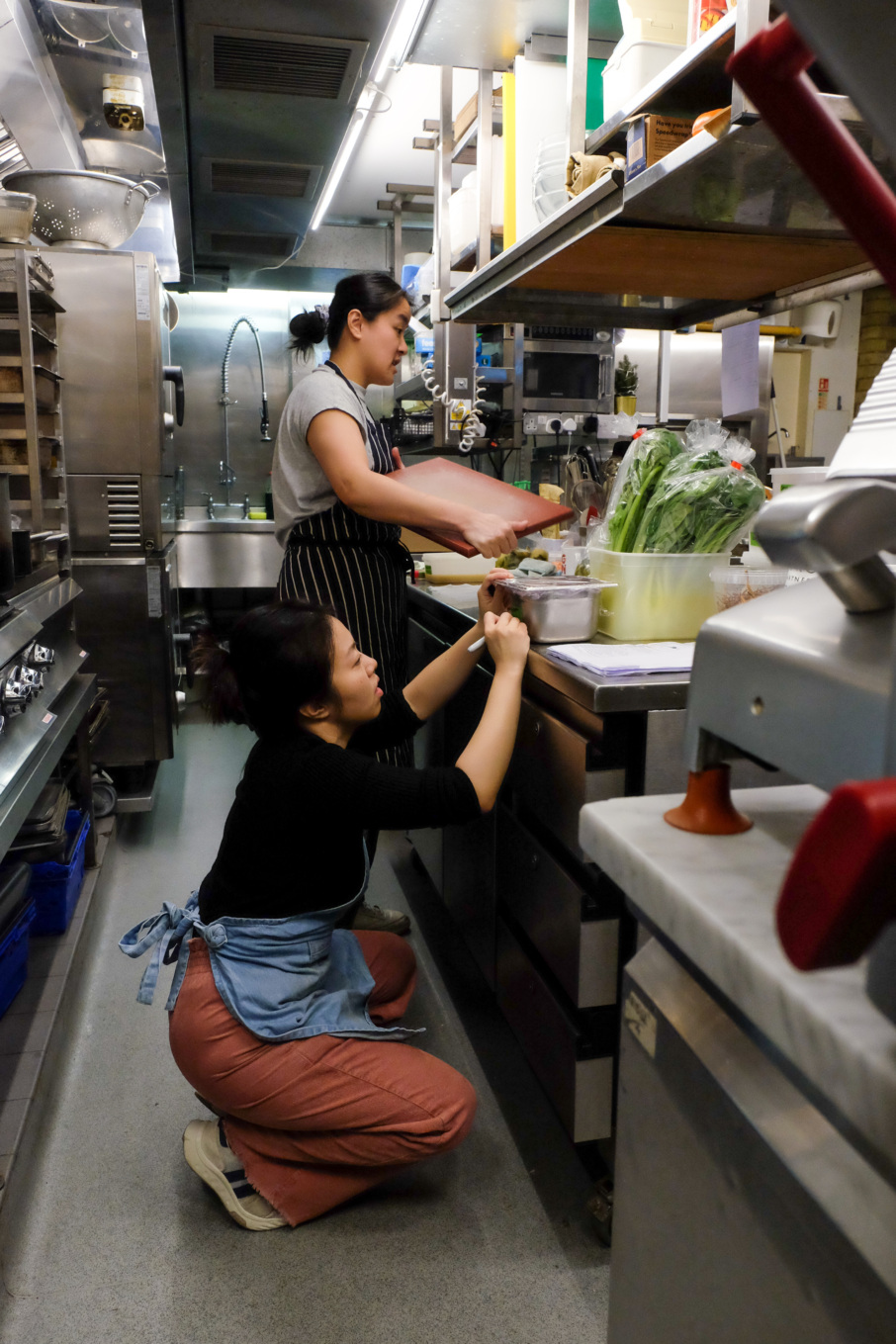
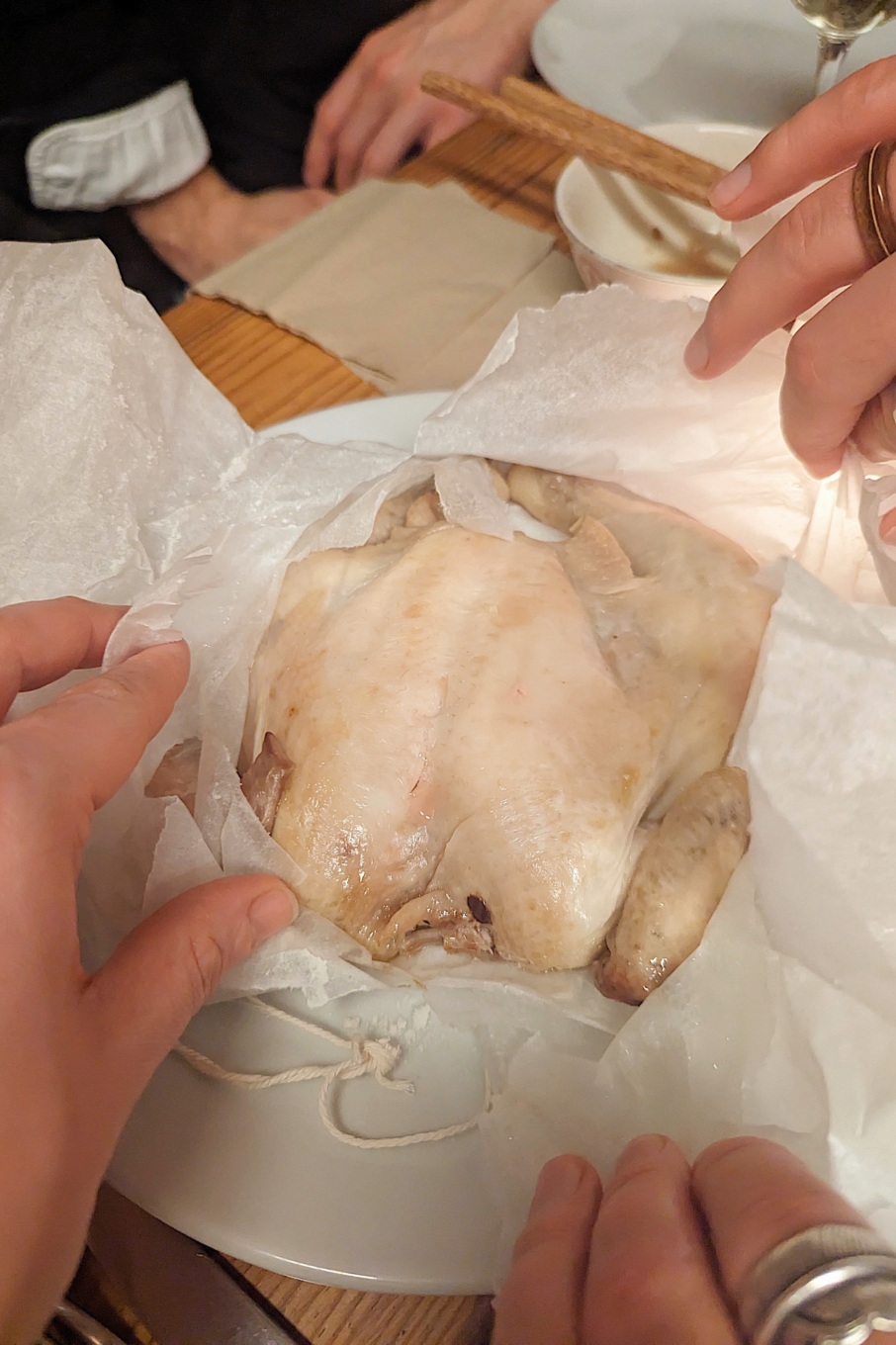
Hainan House’s poached poussin is their take on Hainan’s most iconic dish.
Hainanese chicken rice was never going to be on the menu. At least not by that name. “We were almost trying not to put it on the menu because it’s so contentious,” says Hua. In fact, it is on, as ‘house-style poached poussin’. It’s an important dish and, as Hua notes, “it’s really interesting from the perspective of immigration and the recent history of China.”
Hainanese chicken rice isn’t a term used in Hainan itself; there, it’s just ‘chicken rice’ or Wenchang chicken, after a local breed of bird prized for its gamey flavour. The dish travelled with waves of Chinese immigrants to Singapore and Malaysia at the end of the Qing Dynasty and during the Second World War and was adapted over time for local ingredients and palates. So the dish that’s now considered Singapore’s national dish is, in fact, significantly different from the Hainanese original.
We were almost trying not to put [chicken rice] on the menu because it’s so contentious.— Sunny Wu
Wu and Hua see the confusion arising from the regional iterations as an opportunity to talk to customers about their story. “A lot of people expect the Singaporean dish, with all the different sauces, the chilli paste, the sweet soy,” says Hua. “Whereas ours is hopefully a bit more true to the Hainanese style of cooking and just very simple and light. If you are expecting to have something that’s super punchy and rich, you are a bit surprised by it but I think that’s the nice thing about it. It’s a delicious dish that’s all about the cook.”
Hua uses French corn-fed poussin as a sub for Wenchang chicken. The birds are salted, scrubbed, dipped in stock, poached, then iced and hung again to rest. The end goal is that gorgeous flavour and “bouncy, gelatinous” texture. Just as key is the rice — every grain coated in chicken fat, then cooked in stock. It’s a must-try.
Hainan House is produce-led, celebrating seasonal ingredients, cooked simply and well.
The menu that you’ll see at Hainan House today is a jumping off point. Wu and Hua have plenty more plans for specials, festival dishes, seasonal additions. It’s a single sheet, not a flipbook, tightly edited into small plates, sharing dishes, noodles, sides, and sweet dishes, though Hua (who has to cook it) demurs at the suggestion it’s short. She knows exactly how labour-intensive it is, with every dish comprising unique components and complex sauces. They have, for example, not one house chilli paste, but three with one more in development. “It’s taken a lot of R&D” says Hua.
The original plan, temporarily shelved, was to make their own hún rice noodles from scratch. “We actually bought a rice grinder,” says Wu. “Some things work, some things need a bit more time!” sighs Hua. Nevertheless, it wouldn’t be a Hainanese restaurant without noodles, a staple street food eaten for breakfast and lunch. Hua says she could fill the menu with Hainanese noodle dishes but for now has restricted it to two: “a super, super classic” beef jerky noodle dish with fermented mustard greens and a vegan variation on the theme with tofu. “Irene’s idea to replace the housemade egg twist with tofu skin was really on point,” says Wu. “When I tried it, I was like ‘this is right!” Other vegan dishes, popular with the N1 crowd, are the claypot with glass noodles, inspired by Buddhist temple food, and gem lettuce wraps with fermented mushroom rice.
The challenge with Hainanese cuisine is that it’s founded on good fresh produce, simply done. Translating the ethos to a city nearly 6,000 miles away when many of the local ingredients don’t travel is difficult but not impossible. Hua’s task is to when to sub in ingredients from here (conference pear for the chilli salt fruit in place of crunchy guava for example) and when to track down that irreplaceable ingredient from a specialist supplier (such as the iconic local brand of coconut drink). Sometimes, it’s an R&D job such as reverse engineering a special chilli salt Wu brought back from Hainan. “I think we got there.”
Don’t skip dessert. The signature is yi bua, a sticky rice cake, not unlike mochi in texture, but steamed in banana leaf and served warm at Hainan House with a homemade papaya and toasted coconut jam. “It’s such a classic offering that you can see everywhere, especially in the old town,” explains Wu. It’s “operationally challenging” to get it right, as each piece is made individually, but worth the effort (and the £3 you’ll pay for it).
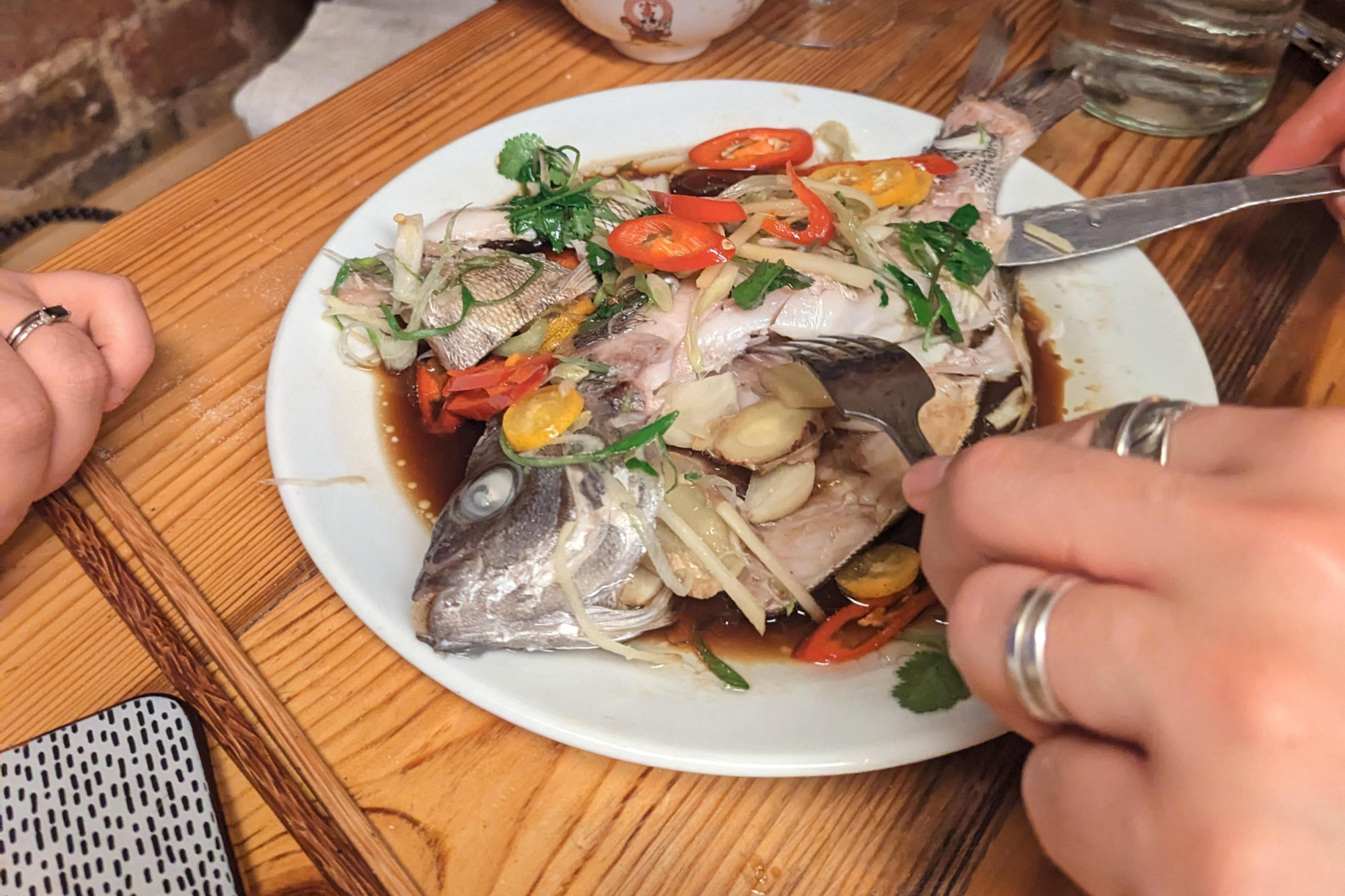
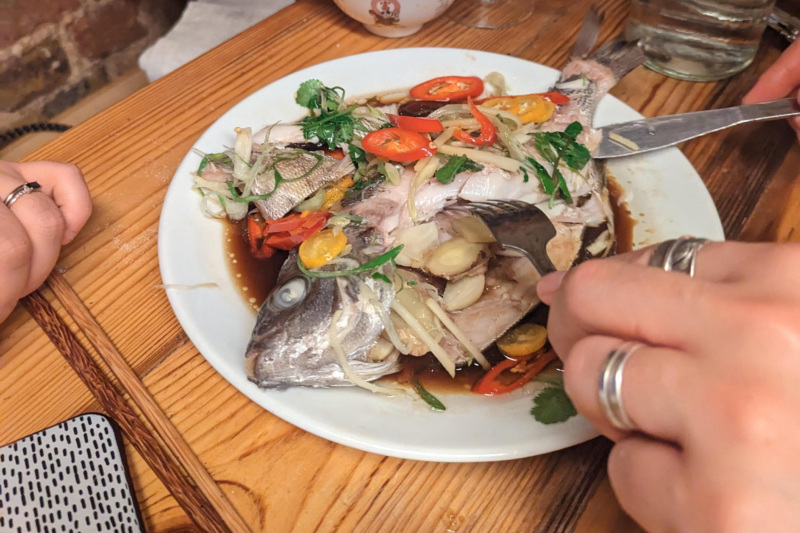
Hainan House was made for Upper Street.
And if ever there were a street on which to open a Hainanese restaurant, then Upper Street is it. “Even on this street, there’s a real mix,” says Hua. “There’s one restaurant dedicated to Hong Kong [Hong Kong Restaurant], one dedicated to Sichuan [Sichuan House], one dedicated to vegan northern Chinese [Tofu Vegan] and there’s us.” Hainan House fits right in. And Wu and Hua are happy to part of London’s ever more diverse East and Southeast Asian restaurant scene.
Wu hopes more will follow. “We love people looking at us and saying ‘wow, this is a different interpretation and we can do the same’. I love people to come and copy us!” she laughs. She swears she was happy about the waffle shops that sprang up after hers. She thinks more options are good for everybody, customers and operators alike.
Hilary Armstrong is a London-based journalist and editor. Follow her on Instagram and Twitter. Follow Resy, too.

